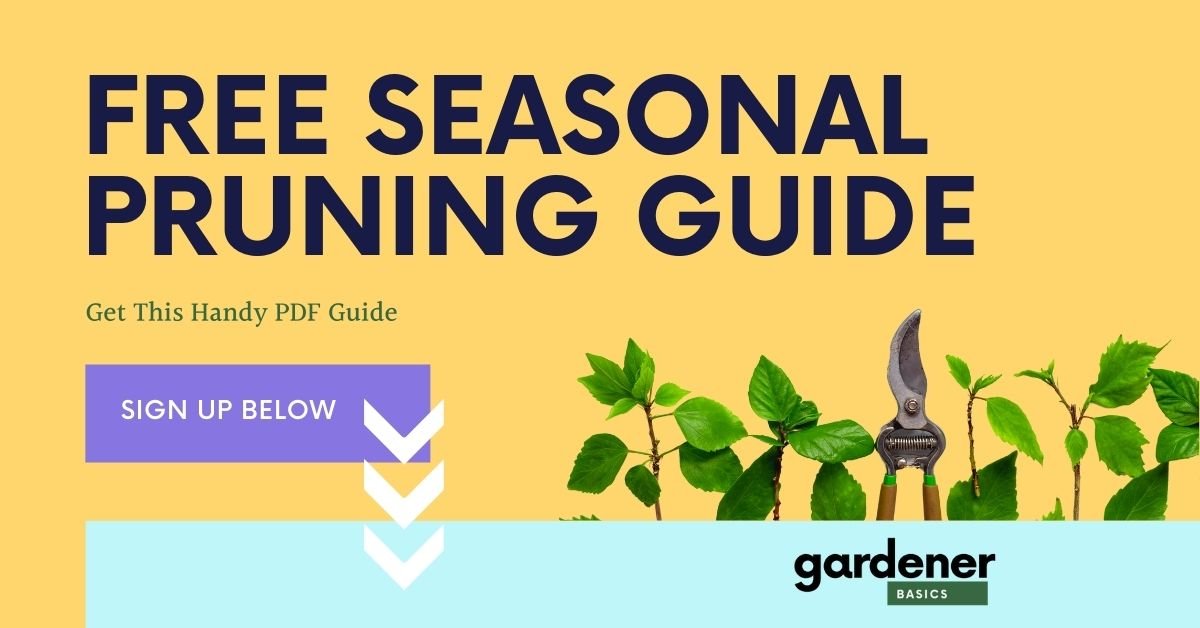Garden Planning for Beginners: Site Selection, Sunlight, & Space
Garden Planning
Embarking on your gardening journey can be as exciting as it is daunting, especially if you're not sure where to start. Fear not!
This guide is designed to walk you through the initial stages of planning and preparing your garden, ensuring a foundation for success and enjoyment.
By focusing on choosing the right location, understanding the crucial role of sunlight, managing space wisely, and selecting plants that will thrive, you'll feel empowered to start your gardening adventure with confidence.
The items listed above are accompanied by affiliate links, meaning I earn a small commission if a purchase is made through my links. This has no impact on the cost to the consumer. I link to products this way whenever possible, and it has no bearing on the products I choose to review or recommend.
Finding the Perfect Spot: The First Step to a Thriving Garden
Location, Location, Location
The key to a successful garden is selecting the right location.
Rather than picking plants first and then figuring out where to place them, reverse the process. Look at your yard and decide where you'd like to see your garden bloom.
This approach ensures you choose plants that are best suited to the conditions of your chosen site, significantly boosting your chances of gardening success.
A smaller garden is a great starting point. It's easier to manage and can still provide immense satisfaction.
There's always room to expand as you gain more experience. So, aim for a manageable size that won't overwhelm you.
Understanding Sunlight: A Critical Factor for Growth
Observing Your Yard
Before deciding on the specifics, take some time to observe your yard at different times of the day—morning, mid-afternoon, and late afternoon.
Note where the sunlight falls the longest and which areas are more shaded. Also, keep an eye on drainage; you don't want your plants sitting in waterlogged soil.
These observations are crucial for choosing plants that will thrive in your garden's unique conditions.
Sunlight Categories
Plants have varying needs for sunlight, generally falling into three categories:
Full Sun: Requires at least 6 hours of direct sunlight daily. Most vegetables and many flowers thrive here.
Partial Sun/Shade: Needs about 4-6 hours of sunlight, ideally in the morning. This condition is suitable for plants that might suffer from too much afternoon heat.
Full Shade: Gets less than 3 hours of direct sunlight. Ferns and hostas are examples of plants that can prosper in these conditions.
Planning Your Garden Layout: Space and Accessibility
Space Wisely
Every plant has its space requirements, which are vital for preventing overcrowding and ensuring healthy growth.
Be sure to check the spacing recommendations on seed packets or plant tags.
Also, consider the mature size of the plants; what starts as a small seedling could grow into a large bush, requiring adequate room to expand.
Vertical Gardening and Pathways
For those with limited space, vertical gardening can be a fantastic solution. Utilize trellises, hanging baskets, and wall planters to grow upwards.
If your garden is larger, make sure to include pathways that allow you to access your plants easily without causing damage.
Choosing an Accessible Site
An often overlooked aspect of garden planning is accessibility. Choose a location that’s easy to reach for daily maintenance.
A spot near your home is ideal for convenience and ensuring your plants receive consistent care.
Selecting Plants and Empowering Your Green Thumb
With your site chosen and an understanding of the sunlight and space requirements, you're nearly ready to plant. Consider starting with plants that are known for being easy to grow, which can boost your confidence and interest in gardening.
Sketch Your Garden
Before planting, draw a layout of your garden on paper. This will help you visualize the space and plan more effectively, ensuring each plant has its place and adequate room to grow.
Embrace the Learning Experience
Remember, gardening is a journey of discovery and learning. Mistakes are inevitable but valuable as they teach you how to become a better gardener.
Don't hesitate to seek advice from local gardeners or garden centers. They can offer insights specific to your area and preferences.
Patience and Enjoyment: The Heart of Gardening
Start small, be patient with yourself, and enjoy the process. Your garden is a reflection of your dedication and care. Embrace each step, from planning to planting, as part of the rewarding experience of gardening.
As you embark on this gardening journey, remember that the process itself is as beautiful and fulfilling as the blossoms and harvests you'll eventually enjoy.
If you have any questions, feel free to leave them in the comments section below!
Pin it for Later!















